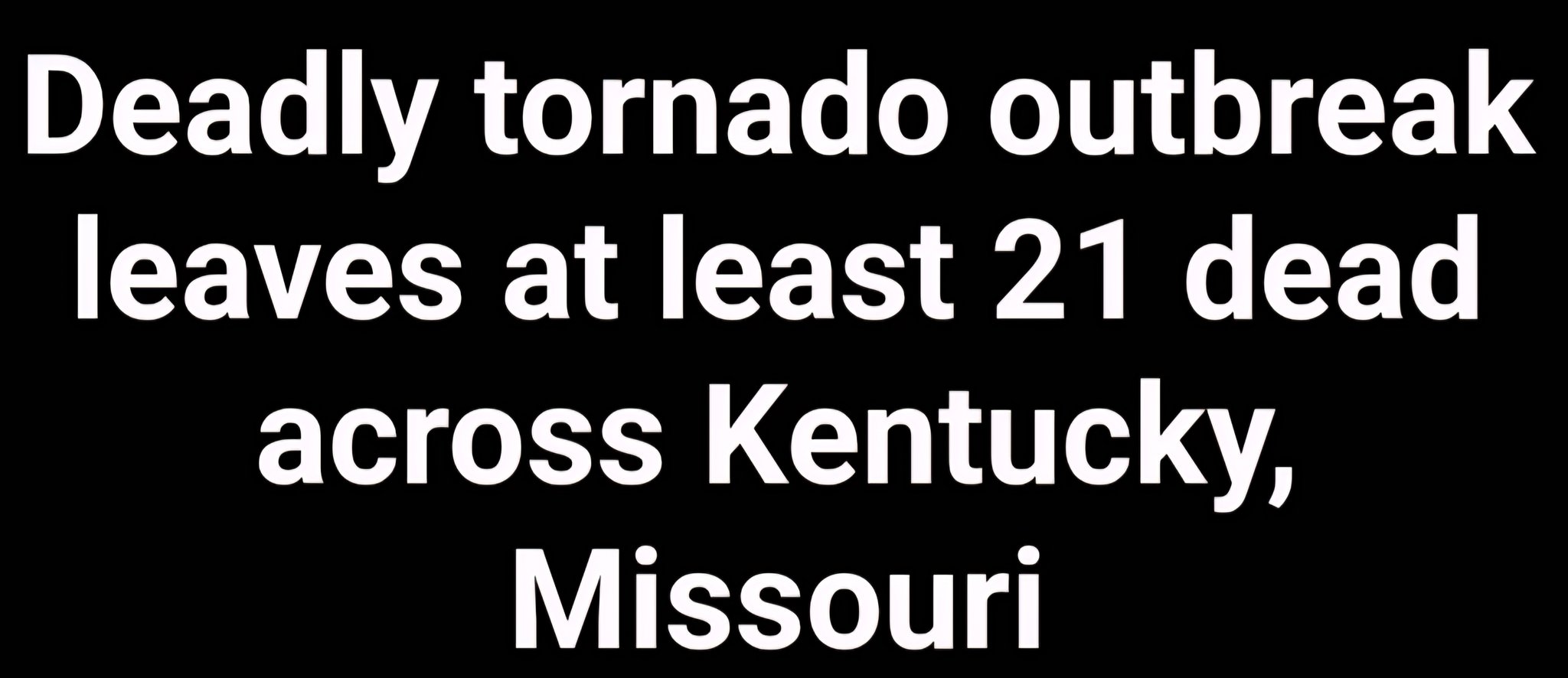A powerful and unseasonal tornado outbreak tore through the Ohio Valley on May 16, 2025, leaving devastation in its wake and claiming at least 21 lives across Kentucky and Missouri.
The unusually intense storms, striking outside the peak tornado season, have triggered widespread concern and spurred emergency rescue efforts, particularly in hard-hit areas like London, Kentucky, where entire neighborhoods have been reduced to rubble.
The outbreak was fueled by a violent storm system that unleashed multiple tornadoes across the region.
One of the most destructive tornadoes leveled large parts of London, Kentucky, prompting a desperate search for survivors. Emergency crews continue to sift through debris as the extent of the destruction comes into focus.
The National Weather Service confirmed several tornado touchdowns, including in Indiana, where no fatalities have been reported.
However, the death toll in Kentucky and Missouri continues to rise as search operations progress.
In Missouri, the St. Louis area suffered significant damage, with at least seven fatalities reported.
ALSO READ: Mexican Navy Ship Collides with Brooklyn Bridge (Video)
Damage Records from the Tornado Outbreak Disaster
More than 5,000 structures were damaged, and over 80,000 residents lost power during the storms. One of the most harrowing scenes was the collapse of the historic Centennial Christian Church in St. Louis, where first responders worked tirelessly to rescue those trapped inside.
The timing of this outbreak, hitting in mid-May, has sparked speculation on social media, with conspiracy theories citing weather manipulation technologies like HAARP and historical military weather control projects. Despite these claims, experts from reputable sources such as CNN and Fox Weather have confirmed that the outbreak aligns with evolving weather patterns, worsened by the broader impacts of climate change.
Kentucky Governor Andy Beshear called the situation “absolutely heartbreaking” and stressed the urgent need for both state and federal aid.
The storms disrupted critical infrastructure, knocking out power and cell service in several counties, further complicating rescue and recovery efforts. Fire departments in St. Louis are preparing for a surge in emergency calls as communications slowly come back online.
As the region begins the long road to recovery, communities are rallying together to support victims and rebuild what was lost.
This tragic event highlights the growing threat of severe weather events across the United States and the importance of disaster preparedness, emergency planning, and climate resilience.
For ongoing updates and to learn how to support relief efforts, visit the National Weather Service website or check with local emergency management agencies.
The aftermath of this disaster serves as a sobering reminder to take weather warnings seriously and invest in stronger disaster response systems.

